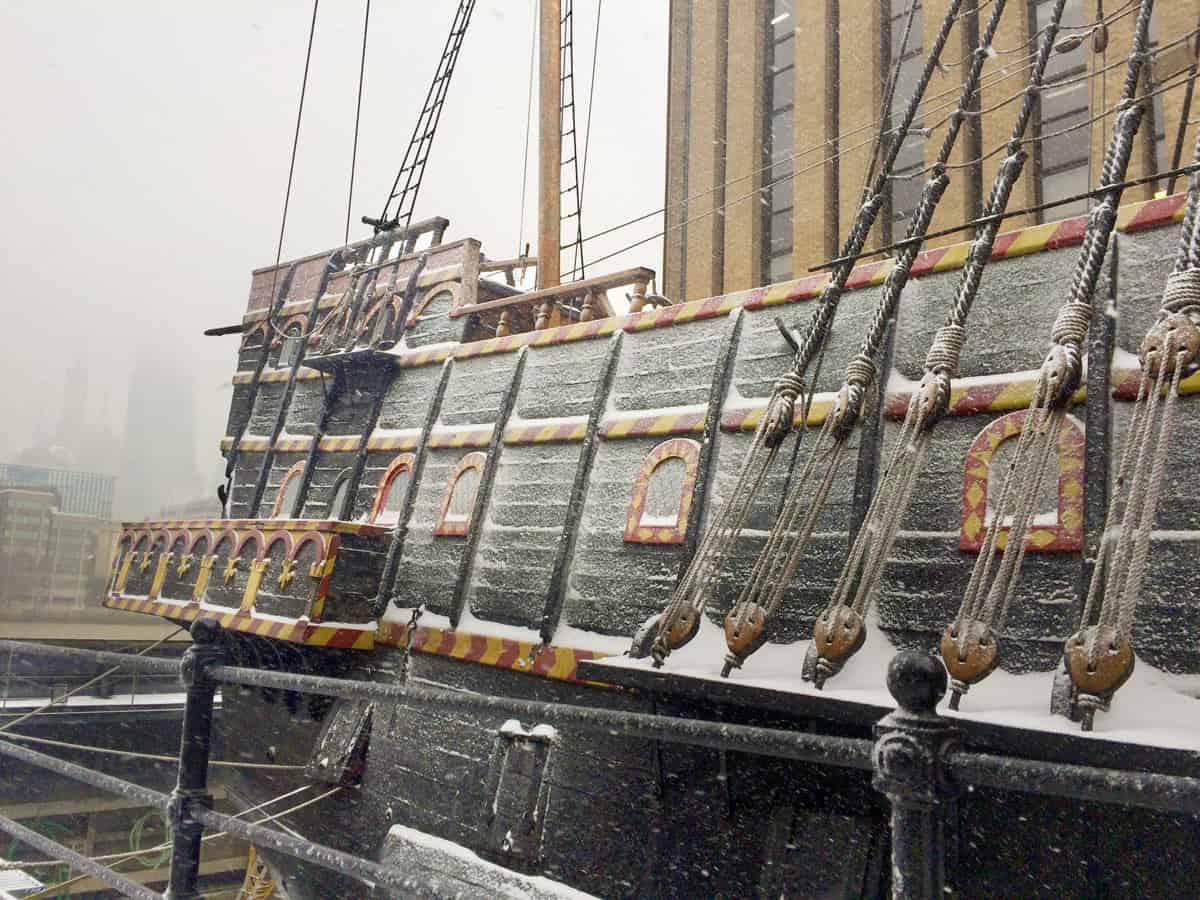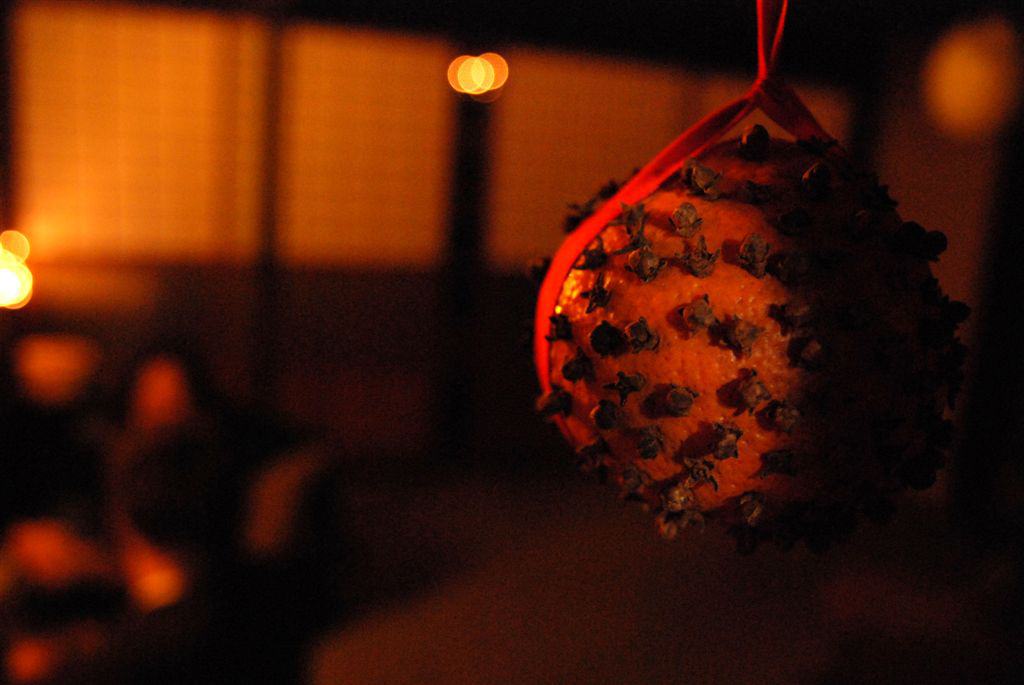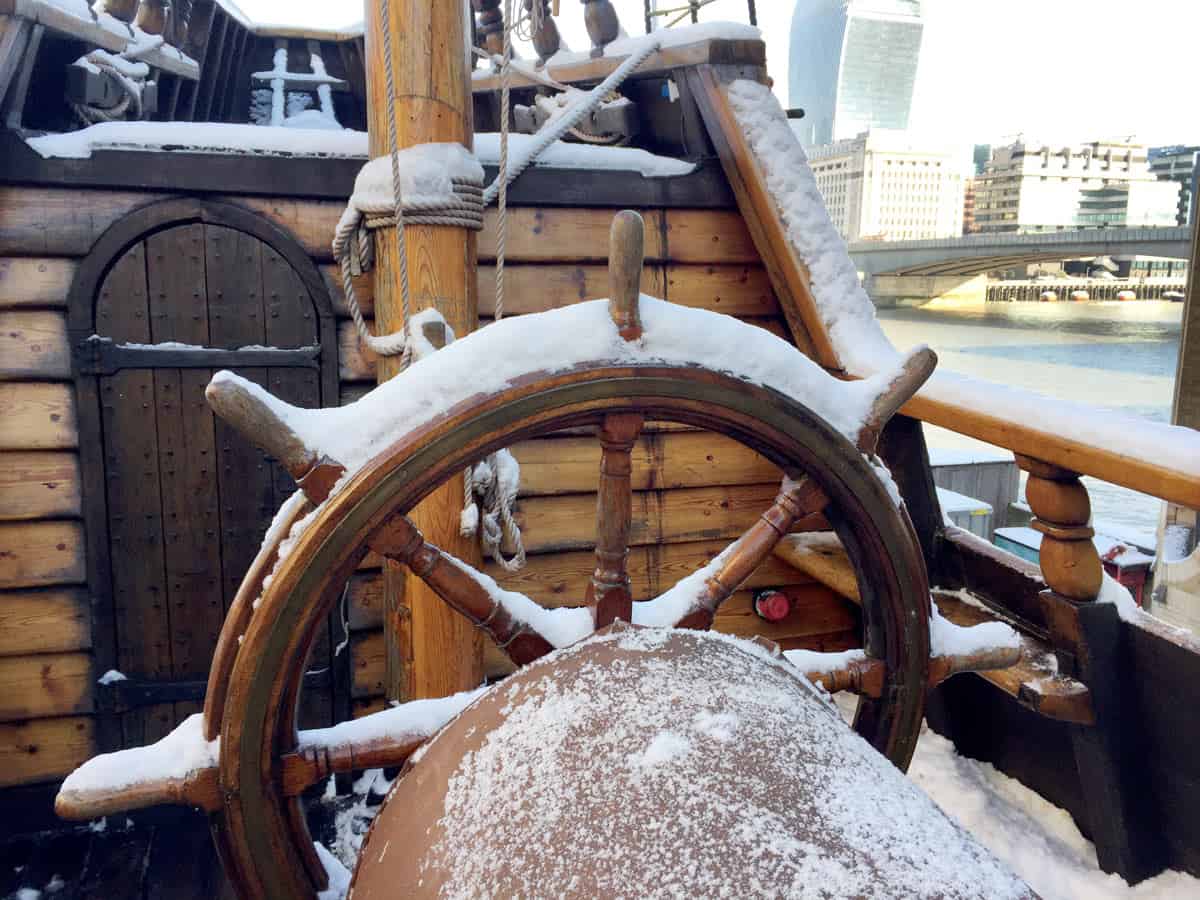A Tudor Christmas
Christmas on board The Golden Hinde
It seems that the crew of The Golden Hinde did not make a big deal of their first Christmas at sea - it was certainly far from traditional! Perhaps it might have made the crew too homesick to give too much thought to their families and friends’ celebrations.
On Christmas Day 1577, 12 days after setting sail from Plymouth, Captain Drake and his crew arrived on the island of Mogadore, off the Moroccan coast. Here, they feasted on “very wholesome but very ugly fish to look at”. A far cry from turkey with all the trimmings!
As the crew of the Hinde were tucking into their ugly fish, people back in England were preparing for a very different day
 |
A TUDOR LAND-LUBBER’S GUIDE TO CHRISTMAS
The servant becomes the master
The twelve days of Christmas – during which no free man could be compelled to work - often involved role reversal between gender and social class. The Lord of Misrule was a mischievous figure, a local ‘character’ (a gregarious town drunk) chosen by the community, who dictated the festive proceedings for his village or town.
Choirboys would play the role of bishop and masters and servants would switch places. Even Mary, Queen of Scots, temporarily ‘abdicated’ and swapped roles with two of her maids. This, of course, was not be allowed to get out of hand, ultimately serving as a reminder of who was really in charge.
Carol singers can be dangerous
With the tradition of wassailing, peasants would go to the home of the lords and sing festive songs, offering wassail, a spicy cider, in exchange for gifts. Often, aggressive groups would force themselves into people’s homes and ask for gifts. If refused, they would curse the occupant or vandalise their home. The song most associated with this custom is ‘We wish you a merry Christmas’, giving darker meaning to the line ‘we won’t go until we get some’!
Brains and Brawn
Traditional Christmas foods were not a million miles from what we enjoy today. Turkey was introduced during the reign of Henry VIII - farmers would walk their turkeys into London from as far afield as Norfolk and Herefordshire, often having to leave as early as August to make the markets in time. It was a luxury meat for the upper echelons, whilst brawn, a dish made from the head of a calf or pig, was a far more common occupant at the centre of the festive table. Plum pudding was, at this time, plum porridge, a spicy mutton broth used to line the stomach before the excess of Christmas dinner. Mince pies were large and contained meat and 12 other ingredients. This was to represent Jesus and the 12 apostles.
40 days of penitential preparedness
Advent took place in the 40 days leading up to Christmas day. Good Christians would not eat meat, cheese or eggs, in preparation for the coming of Christ, compensating for the fast on the day itself. They would indulge in huge feasts if they were well-to-do, otherwise they would manage as best they could within their means. Presents, however, were not exchanged until New Year’s Day, typically an orange spiked with cloves for many.
 |
And then back to work…
Plough Monday was the first Monday after the 12 days, when the largely agricultural workforce returned to the fields, signalling an end to the festive season. Farmers would often hold competitions to see who could break through the frozen soil quickest. In court, however, Christmas carried on until 2ndFebruary and ended with the monarch attending a candlelit mass. Nice work if you can get it…
 |

